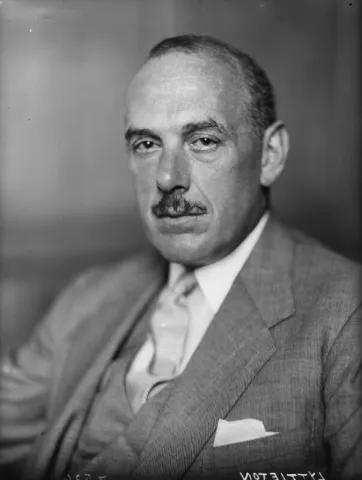
The fourth and final Nigerian constitution before independence was the Lyttleton one, which was adopted in 1954. As a replacement for the Macpherson constitution of 1951, it was adopted in 1954 after being reviewed at two constitutional conferences (the Lagos constitutional conference in 1954 and the London constitutional conference in 1953).
The Clifford constitution from 1922, the Richards constitution from 1946, and other earlier constitutions were known to have provided a path for Nigeria’s independence. The Lyttleton constitution is also known to have included the federal principle among its features.
Key elements of the 1954 Lyttleton constitution.
1. In every area, a post about the premiere was made. The governors of the various regions were to receive advice from the Premiers.
2. A federal system of government that distributes authority among the federal government and the states.
3. The Federal Capital Territory was created by separating Lagos from the Western Region.
4. It kept the single-cameral legislature for the Eastern Region and the bicameral legislature for the Northern and Western regions.
5. There was regional autonomy.
6. 184 members of the House of Representatives, the federal legislature, were chosen by their peers in local governments.
7. A ministerial council presided over by the governor-general, comprised of three official members, three ministers from each region, and one minister from southern Cameroon.
8. Overseeing the House of Representatives instead of the governor was the speaker.
9. The regional governor no longer serves on the Federal Executive Council.
The 1954 Lyttleton Constitution has merits.
1. Portfolios were assigned to Nigerian ministers.
2. The positions of parliamentary secretary and permanent secretary were established.
3. The regional legislatures received actual legislative authority.
4. By transferring power to the regions, it acknowledged the necessity for the racial groups in Nigeria to unite and integrate.
5. The federal and regional governments had a distinct separation of powers and each had its own jurisdiction.
6. Separate elections were allowed for the regional and national legislative houses.
7. The Federal system of government was established, paving the way for Nigeria’s independence.
Deficiencies or Drawbacks.
1.The Constitution’s new revenue allocation formula placed too much emphasis on derivation in contrast to needs and the interests of the country.
2. Still, the governor was able to veto legislation. He has the ability to draft and pass laws that are in the public interest.
3. The Eastern region now only has a single-camera legislature thanks to the constitution.
4. The three main political parties, all of which were based in the regions, were responsible for the ministerial appointments. Because the ministers were only loyal to the regions, the central executive was rendered ineffective.
5. Elections were held directly only in the eastern and western regions; indirect elections were held in the northern region.
6.The position of prime minister wasn’t covered by any provisions.

